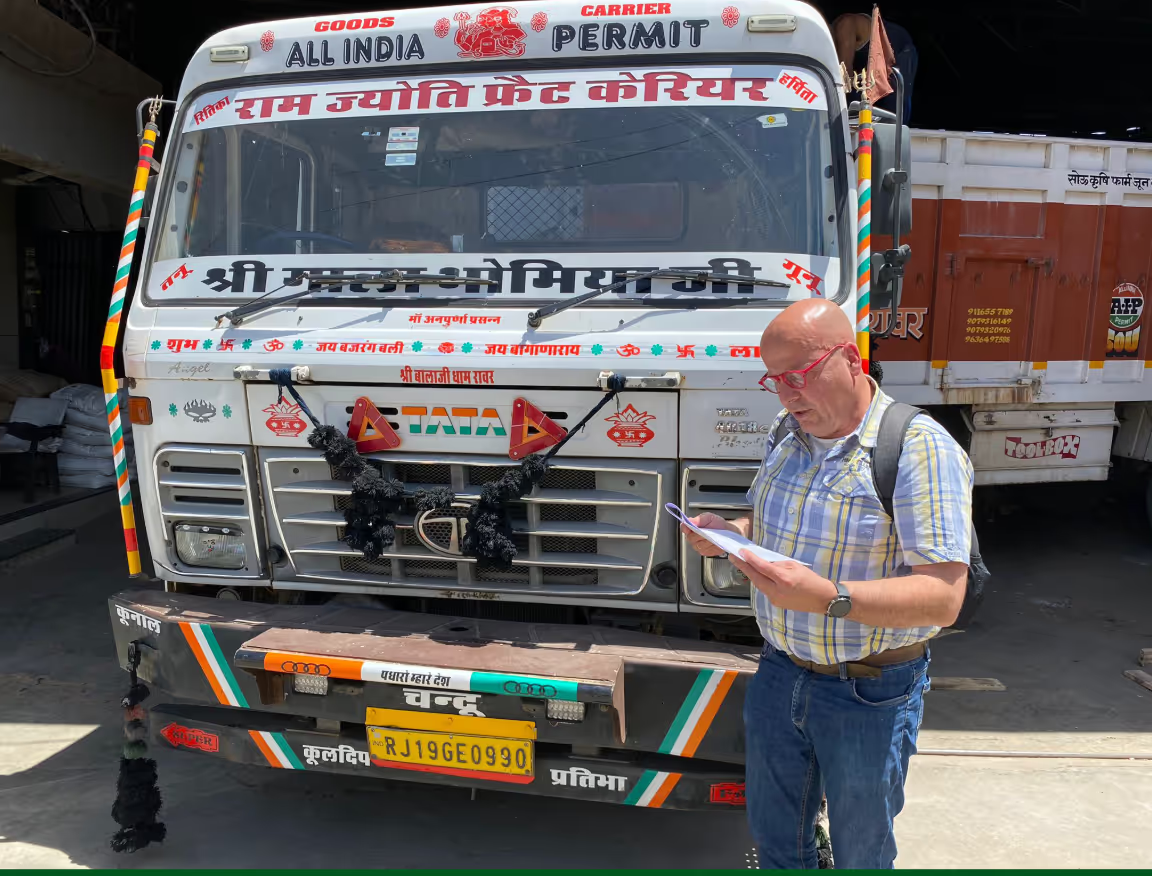At Ingenieursbureau Evan Buytendijk (IEB), we’ve spent the last 18 years deep in the world of wood regulations, certification, and sustainability. And if there’s one thing we’ve learned, it’s this: sustainable forest management isn’t just good for the planet – it’s good business.
We believe in wood as a professional and sustainable building material. But to keep using it responsibly, we all need to play our part in building a supply chain that’s transparent, legal, and deforestation-free.
The EU Deforestation Regulation (EUDR) is here, and for many, it feels daunting. But at its core, compliance starts with one thing: a robust Due Diligence System (DDS).
What is a Due Diligence System?
Think of your Due Digiligence System (DDS) as your supply chain safety net. It’s how you prove that your timber and wood products aren’t linked to deforestation or illegality. A good DDS should cover:
- Processes and procedures – your overall plan
- Information collection – gathering all the necessary proof
- Information analysis – making sense of what you’ve collected
- Risk assessment – understanding where the risks lie
- Risk mitigation – putting measures in place to deal with those risks
At IEB, we often advise companies to use Interu as their tool of choice for managing their DDS. It’s designed to streamline data collection, analysis, and reporting so you’re always audit-ready and in control.
The Three Country Risk Levels
Under the EUDR, countries are classified based on their deforestation risk:
- Low Risk – you need to collect and analyse information.
- Standard Risk – you need to collect information, analyse it, conduct a risk assessment, and put in place risk mitigation measures.
- High Risk – currently includes Myanmar, Russia, Belarus, and North Korea. Our advice? Don’t even think about sourcing from these countries.
But What About Mixed Risk Levels?
This is where things get more complex. For example:
- Timber harvested and processed in a low-risk country is relatively straightforward.
- Timber harvested in a low-risk country but processed in a standard-risk country, or vice versa, brings in additional requirements.
- Timber harvested and processed in standard-risk countries needs full due diligence: information collection, analysis, risk assessment, and mitigation.
Each scenario has specific expectations under the EUDR, and your DDS should reflect that.
Information You Need to Collect
For each party in your supply chain, there are 12 key information categories, including:
- Legality
- Use rights
- Forest management
- Timber harvesting
- Impact assessments
- Transport
- Trade, export, and CITES
- Taxes, fees, and royalties
- Population rights
- Labour regulations
- Certification
- Audit reports
What Does That Look Like in Practice?
You’ll need to collect a wide range of documents, such as:
- Business licences and company registrations
- Land use rights and country-specific certificates (like FSC®, PEFC, LegalSource)
- Forest management and yearly harvesting plans
- Transport documentation and weighbridge slips
- Proof of payment for taxes, social contributions, and utilities
- Export licences and geolocations
- Audit reports, inspection records, and even meeting minutes with local communities
Risk Assessment: Looking at the Full Picture
Under EUDR, risk assessment spans four levels:
- Country risk – consider the presence of forests, indigenous rights, deforestation rates, corruption levels, conflict, and sanctions.
- Supply chain risk – how complex is the chain, is it fully transparent, and are all parties legal and certified?
- Product risk – does the species exist in the country of harvest, is the product complex, and is there a risk of mixing?
- Delivery risk – can you fully trace the physical and financial flow, and are the geolocations deforestation-free?
The Corruption Perception Index (CPI) Factor
The CPI, updated yearly by Transparency International, plays a role too. Depending on a country’s CPI:
- Green means information can generally be trusted.
- Yellow requires a third-party audit within the first year.
- Red requires a third-party audit before your first purchase.

Third-Party Audits: The Ultimate Check
When you can’t get information from afar, third-party audits become essential. They build trust, uncover insights you’d never get remotely, and ensure documentation matches reality.
For example:
- In India (April 2023), audits across furniture factories, sawmills, and harvesting areas revealed a wealth of documentation not accessible remotely.
- In North-West Gabon (January 2025), audits confirmed that documented trails matched physical trails, tracking timber from stumps in the forest all the way to EU shipment records.
Making Audits More Efficient
Audits can be costly and time-consuming. But by bundling audits for multiple buyers sourcing from the same sawmill, companies can split costs and reduce operational disruption.
Audit reports can then include:
- A generic audit overview for all buyers
- Buyer-specific traceability sections with evidence
- Generic documentation sets
How Interu Makes It Easier
Interu is built to integrate seamlessly with third-party verifiers and certification bodies. It allows for:
- Flexible risk frameworks tailored to your supply chain
- Keeping full control of your data and evidence records
- Efficient collaboration and audit preparation
Final Thoughts
At IEB, we’ve seen first-hand how a structured DDS underpins responsible, professional, and sustainable supply chains. It’s not just about ticking a regulatory box – it’s about protecting forests, people, and your business’s future.
If you’re looking to strengthen your DDS, manage risks more efficiently, and ensure you’re fully EUDR-ready, don’t hesitate to get in touch. Together, we can keep wood the sustainable material it’s meant to be.



.avif)

